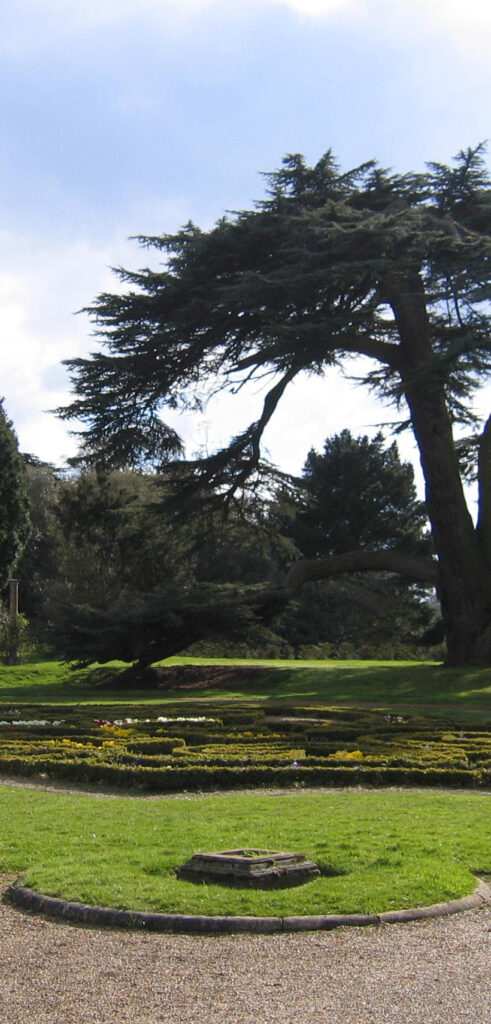Red House Park
On high ground overlooking the town of Ipswich, Red House Park appears to have been created to surround the original mid-seventeenth century Red House mansion. By the eighteenth century the park had been landscaped to include shelterbelts, a double avenue of trees on the central axis of the house and ornamental water feature or canal. A walled garden and plantings of trees and shrubs were to the rear of the house with a terraced lawn fenced off from parkland beyond to the front and freestanding glasshouse, probably an orangery, in the western pleasure gardens. Alterations were made to the house, probably during the early-nineteenth century, which also included the addition of an ornamented entrance courtyard to the front. By the early-twentieth century the house was derelict and The Red House Estate was broken up and sold in lots. The northern parkland was taken into arable cultivation, with most of the southern parkland sold for housing and the mansion demolished in 1937, shortly followed by the construction of the Ipswich northern relief road. A short section of the route of the original avenue was preserved, although replanted.
Section of avenue route is open to the public as a ‘pocket park’

